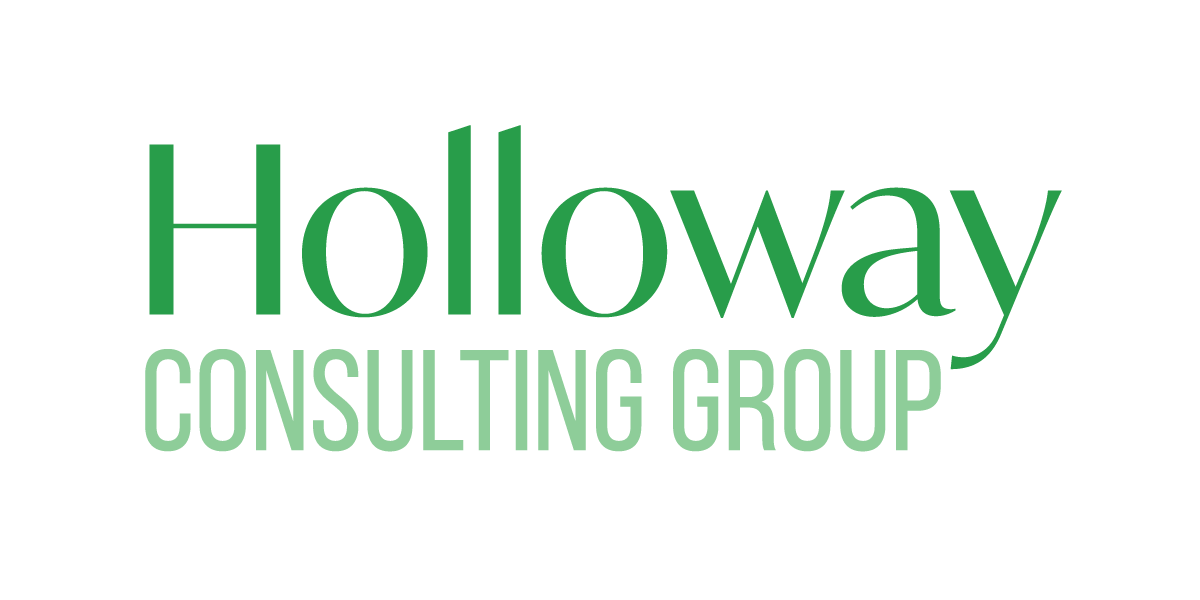Project management is one of those skills most people think they have, but few actually do. It combines people skills, technical knowledge, and the ability to implement replicable processes to ensure sustained success for your organization and clients.
Thankfully, the field of project management has evolved to adapt to many industries and use cases. From traditional spaces with linear requirements, like construction, to iterative processes like software development, chances are that, if you’re facing a PM roadblock, others have, too. And they’ve likely devised a tool to overcome it.
This blog outlines five of the most popular project management methodologies in use today, including a brief overview of their pros and cons, and the best tools to implement each.
5 Popular Project Management Methodologies To Consider
Critical Path
Asana describes the critical path as “the longest sequence of activities that must be finished on time to complete the entire project.” The critical path method (CPM) is a tool that breaks down complex projects to identify the tasks that are critical for their success. Each task is identified with a unique character, and the list includes the task’s dependencies as well as the number of days it takes to complete.
Using the CPM, you can effectively prioritize tasks within a project, which allows your team to complete the work on time and stay within the approved budget and scope. However, the best projects to apply CPM are the ones that are highly predictable and have fixed timelines, as any changes can result in costly delays. Similarly, tasks must be interconnected for CPM to work; if tasks are performed independently or simultaneously, there is no critical path.
Microsoft Project is one of the main platforms used for the Critical Path project management methodology. But others, like Asana, are also great options, especially when using the list view and pro features like dependencies.
Waterfall
Waterfall is a traditional project management methodology that originated before the advent of software development and other tech industries. Manufacturing and construction are classic examples of the use of waterfall in project management, thanks to its linear trajectory consisting of 6 basic stages: Requirements, Analysis, Design, Construction, Testing, and Deployment & Maintenance.
One of the biggest pros of adopting the waterfall method is its predictability. This method is a great fit for projects that are unlikely to change over time. Each stage in waterfall relies on the completion of the previous one, and once you complete a stage, there is no going back. Another benefit of waterfall is that the linear trajectory helps prevent scope creep.
Conversely, the lack of flexibility in waterfall PM is a detriment to projects whose needs will likely evol, like software development.
Smartsheet is commonly used for waterfall project management.
Agile
As its name implies, the agile method is a flexible project management methodology that evolved from the need to adapt to changes throughout the project lifecycle.
The main difference between the agile and waterfall methodologies is that in agile, planning happens in shorter intervals that allow for the team to generate value quickly, whereas waterfall focuses on the entire duration of the project. Similarly, agile PM pivots quickly when tests or feedback indicate that there is a better way to achieve the desired outcome.
The agile method has philosophical roots in Toyota’s lean manufacturing approach, which focuses on reaching quality results with a minimum number of movements and the least waste.
You can implement agile project management in most PM software, but Asana is the most popular agile PM tool. And it includes kanban, calendar, list, and Gantt chart views for all of your projects, allowing each team member to track the information as it best suits them.
Scrum
Scrum is part of the agile philosophy of project management, revolving around continuous improvement to generate value quickly with timely iterations.
One of the hallmarks of scrum is the use of “sprints,” which are short phases consisting of four stages — Planning, Daily Scrum, Sprint Review, and Sprint Retro — that build up over time to achieve a project objective.
This methodology is very popular among tech companies because of its short sprints and the ability to learn, fail and pivot quickly. ClickUp and Miro are two of the most widely used tools for this methodology, with Miro being a popular alternative for tech teams.
Lean
Lean project management applies tools and techniques designed to streamline a project to increase the value generated by the project while reducing waste across the processes and operations of a business.
This approach to project management originated in the manufacturing industry of the early 20th century. At first, Henry Ford devised the assembly line, revolutionizing the way manufacturing worked at the time. Over the next few decades, a group of Japanese engineers revisited the idea and improved upon it, eventually creating the Toyota Production System, which incorporates many of the tools and principles we use in lean management today.
There are five principles in lean project management:
- Value: To increase value, you must first find it. In project management, your stakeholders are the ones defining value, as they are the ones impacted by the final outcome.
- Value stream: Once you’ve identified the value, it’s time to trace all the steps and processes required to achieve it. This is known as the value stream in lean project management, and its visual representation is called value stream mapping.
- Flow: At this stage, you’re able to identify the project roadblocks and remove them to allow the work to flow seamlessly from start to finish.
- Pull: The pull stage refers to delivering a completed task exactly when it’s needed. In order words, one completed activity in a set of co-dependent tasks triggers the next necessary action. For example, once a draft is ready, it’s handed to the person in charge of feedback, who, in turn, provides the feedback in time for the developer to take charge.
- Continuous improvement: At the core of lean project management is the belief that there is always room for improvement, no matter how small. So once the project is complete, it’s time to evaluate the processes and find the processes or steps that can change to reduce waste and increase efficiency.
Final Words
Project management is not a one-and-done process. Instead, it is an iterative approach that can adapt to your evolving needs. Whether you’re starting a new initiative or revamping existing processes, it pays to take the time early on to evaluate the current practices that might prevent you from reaching your objectives.
Is it time to restructure your organization or department to maximize the use of resources? Enroll now in Lean for Project Managers, an in-depth course that covers the foundations of this methodology in seven modules that put your project management skills to practice.




